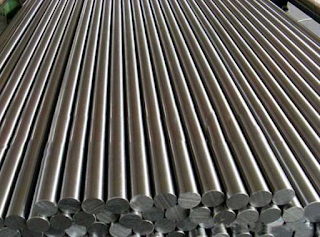WHAT IS THE DIFFERENCE BETWEEN CASE HARDENING AND INDUCTION HARDENING?
Case hardening is a method of hardening an iron alloy that generally has too little carbon in it to undergo sufficient hardening throughout the material. This is usually about 0.5% carbon at the lower limit. Additional carbon-bearing material is packed around the part, then heated until the low-carbon steel becomes a solid solution, allowing the surrounding carbon outgassing from the heated carbon-bearing material to dissolve into the steel to a degree, not unlike dissolving sugar into hot water. Being a solid, and a metal at that, carbon can only dissolve into a low-carbon steel to certain depth, typically no more than 100–200 micrometers. This gives a case-hardened part good surface hardness, but the interior of the part will not harden as well, or at all, depending on the material used.
Induction hardening isn’t really a chemical process like case-hardening, at least not in the same way. Induction hardening uses alternating frequency passing through a coil (the primary) to induce an electric current into a metal part (the secondary) usually placed next to or inside the coil. The concept is identical to how electrical transformers or a wireless charging system operates.
Induction hardening is usually a through-hardening process that doesn’t involve chemical enrichment. Case hardening is a surface-hardening process that explicitly relies on chemical enrichment by the introduction of carbon from an external source.
Case hardening was traditionally performed by packing a low-carbon steel part into a container surrounded by organic materials- horse hooves, urine, leather, charcoal- materials containing high concentrations of carbon, and other surface-hardening elements like nitrogen and phosphorous, that also increase surface hardness by creating hard nitrites and phosphates on the surface of the part.
Induction hardening is a modern industrial process that is usually done in a reducing or normal atmosphere. Datong Hydraulic is a specialist in induction hardening rod and induction hardened chrome bar.Good Hardness: the surface hardness attaining HV850 minimal and upward, which not only help improve wear resistance but also help extend the life span of these chrome plated rods, thereby helping the consumer save the cost.




Comments
Post a Comment